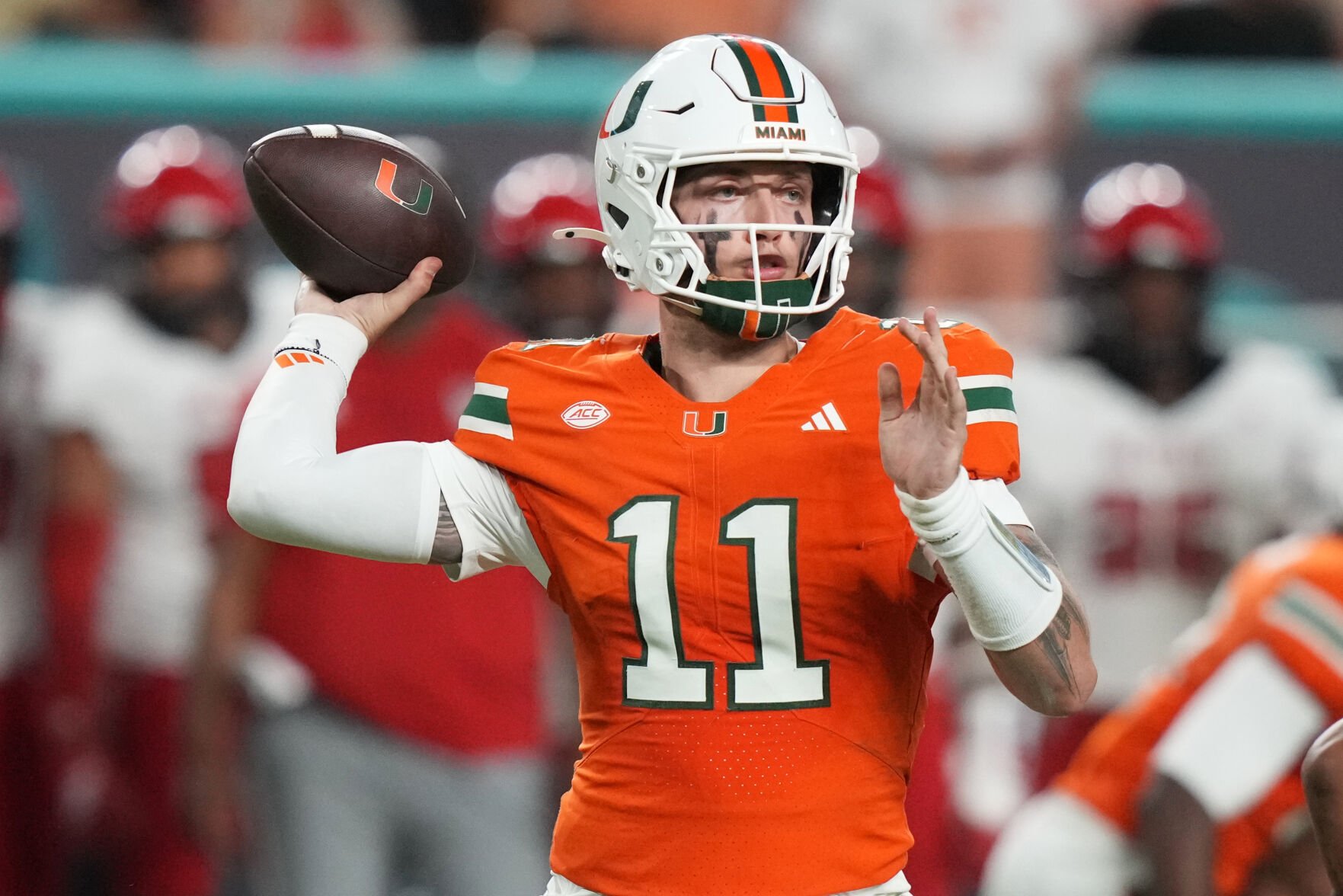First Brands, a US auto parts maker, has filed for bankruptcy after borrowing billions in private markets. The collapse has unsettled Wall Street, with many fearing multibillion-dollar losses.
First Brands files for bankruptcy threatening multibillion-dollar losses

Key Takeaways:
- First Brands, a major US auto parts supplier, has filed for bankruptcy
- The company borrowed billions in private markets
- Wall Street is unnerved by the scale of potential losses
- Observers are wary of ripple effects on private debt
- The collapse underscores vulnerabilities in the broader financial sector
Background on First Brands
First Brands was known as a US auto parts maker that drew heavily on private markets for funding. According to the original report, the company borrowed billions, a move that now lies at the heart of its financial troubles.
The Bankruptcy Filing
In late September 2025, First Brands officially filed for bankruptcy, “threatening multibillion-dollar losses.” This development unveiled the precarious state of its finances, sparking concern among investors who worry that the repercussions could be far-reaching.
Reaction on Wall Street
In the immediate aftermath of the announcement, the “collapse of US auto parts maker that borrowed billions in private markets has unnerved Wall Street.” Investors and financial analysts alike point to the scale of First Brands’ debts as a major source of tension in a marketplace already wary of economic headwinds.
Potential Ripple Effects
First Brands’ downfall has exposed vulnerabilities in private lending. Market observers are paying closer attention to sizable debts held by other companies in the auto sector and beyond. Many wonder if the pressures that brought down First Brands could trigger a broader credit crunch or lead to cautious lending practices in similar industries.
Monitoring the Aftermath
As more details emerge, investors remain vigilant about the full extent of “threatening multibillion-dollar losses” linked to First Brands. While auto parts and technology segments often thrive on private financing, this case highlights the delicate balance between growth ambitions and unsustainable borrowing. All eyes remain on any developments that may help creditors and stakeholders recover their investments—or signal deeper trouble in the corporate debt market.











